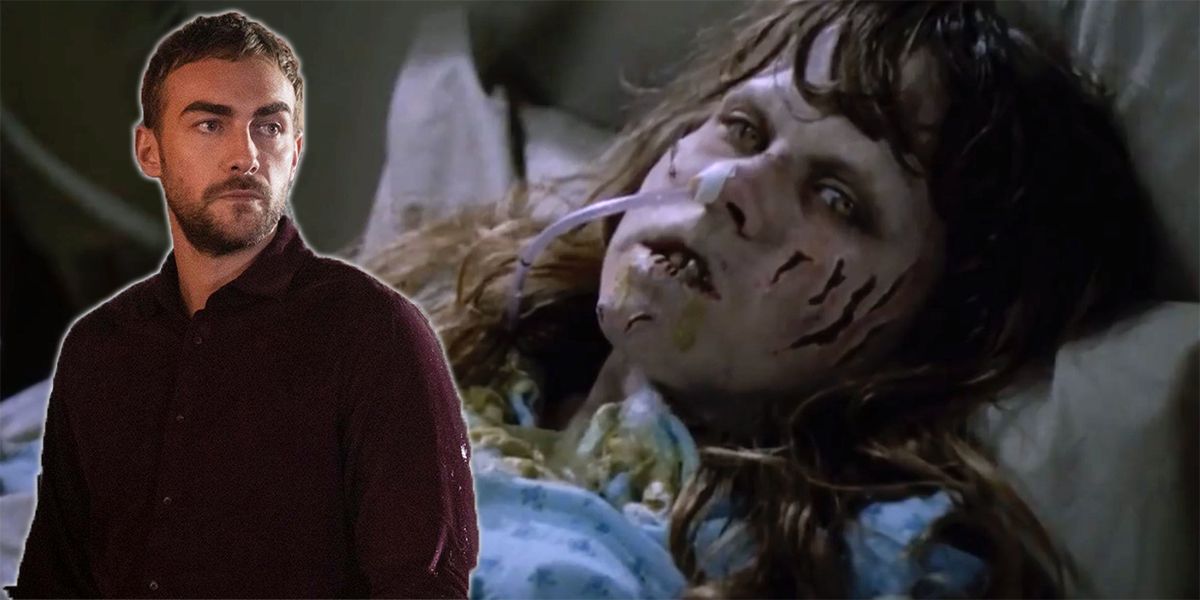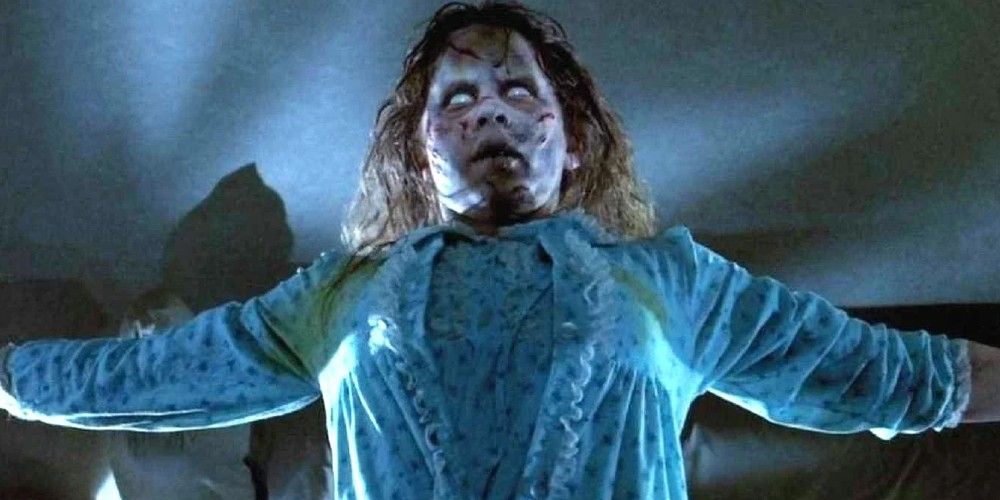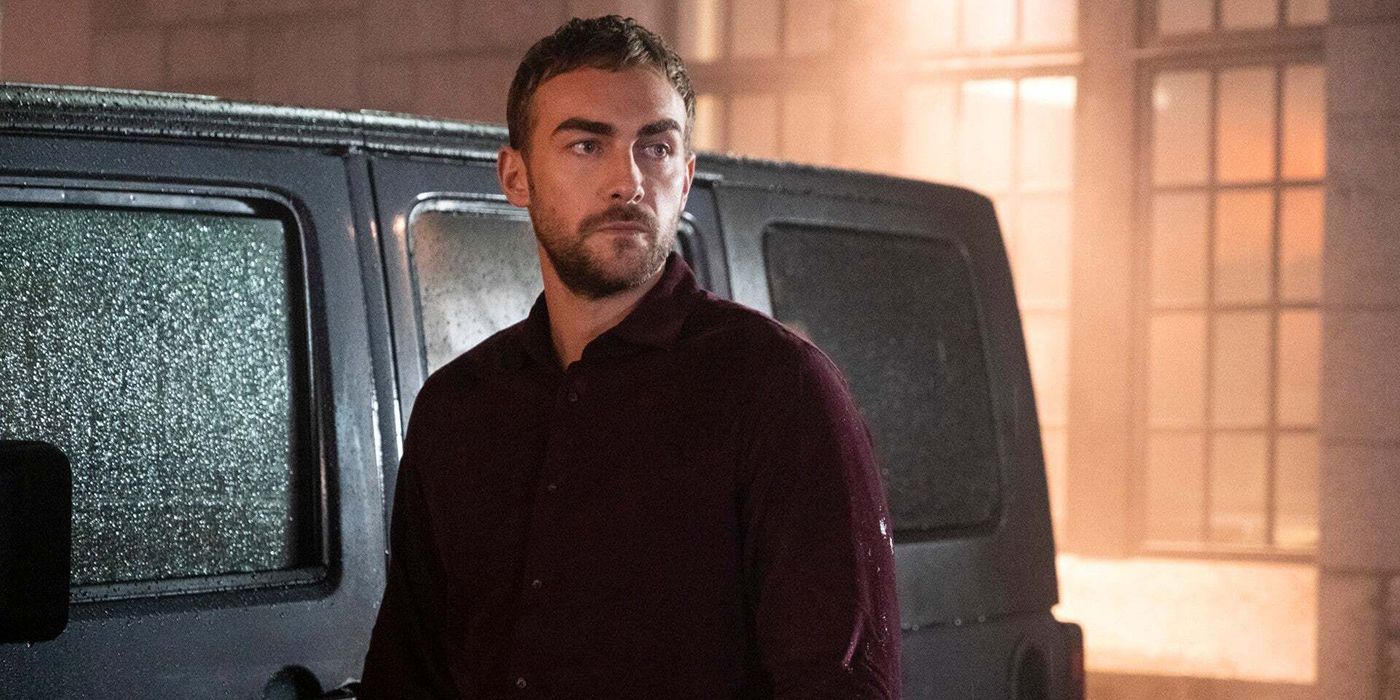In its first episode, Marvel’s Helstrom subverts the tropes that William Friedkin established in his film adaptation of William Peter Blatty’s novel The Exorcist. It was the first horror film to be nominated for Best Picture and won two other Oscars. The film opens with the potentially possessed child, Regan, who goes through a battery of tests, including a particularly nasty looking pneumoencephalography before her mother brings in priests to test her for possession. In the meantime, Pazuzu uses Regan’s body to speak Latin, spin her head 360 degrees, projectile vomit pea soup, pee on the floor while telling an astronaut, “You’re going to die up there,” commit at least one murder and masturbate with a crucifix. It scared people so badly that Pazuzu’s actions served as the playbook for possession movies for decades to come.
Helstrom both honors and challenges the classic film in an early scene in the first episode. Notably, Helstrom skips the medical testing portion of the possession tropes, instead starting with nun-in-training Gabriella talking to the father of a potentially possessed child outside of his home. The father is a stand-in for our expectations, immediately questioning why someone who isn’t a priest is going to be performing his son’s exorcism. Daimon Helstrom’s car pulls up while a quick musical homage to The Exorcist’s “Tubular Bells” plays in the background, mirroring Father Merrin's arrival in that film.
The father leads Helstrom and Gabriella into the house and tries to introduce them to the boy’s mother. She’s alone at the dining room table with a bottle of vodka and an empty glass, cutting him off to say, “I really don’t care,” before Gabriella runs down the boy’s familiar symptoms—maybe Tourette's—but Helstrom cuts her off. The father interjects another question to remind audiences of how this situation would play out in a typical film: “Don’t you need a Bible or a crucifix or something?” Helstrom does not, but he does need the restroom.
Helstrom walks up a narrow staircase. Director Daina Read has his pause at the door and press his hand against it before entering, which masterfully draws out a suspenseful moment. He finally opens it and finds a little boy hiding under the bed. The boy speaks in gravelly Latin, denying Helstrom’s request for his name and says, “Inform them this husk needs sustenance or it will continue to defecate on the floors and rub their walls with excrement.” Helstrom splashes the boy with what the boy thinks is Holy Water “straight from the Vatican.” The boy writhes on the floor as Regan did when Father Karras splashed her with Holy Water in The Exorcist. The boy then shifts into what audiences can presume is his pre-possession self.
It took a bit more to get Pazuzu out of Regan, but the scenario generally follows The Exorcist’s well-trod path until Helstrom reveals the water was from the bathroom sink. Helstrom explains to the boy that the tropes he's is imitating from The Exorcist did work once, but “secrets lose their power once they’re exposed.” In other words, the boy wasn't possessed and was faking the whole time. It’s a fascinating subversion that acknowledges the power those tropes once had while disarming them. With this scene the writer, Paul Zbyszewski, is signaling that Helstrom is going to both pay homage to and subvert the horror tropes audiences know and once loved.
More important than that is how much empathy it shows. The boy’s mother is clearly in need of help, which may be causing him to lash out. When Helstrom questions what would happen if Gabriella couldn’t tell epilepsy from possession later on, it’s another reminder that children more often need doctors and empathy, not exorcisms.



